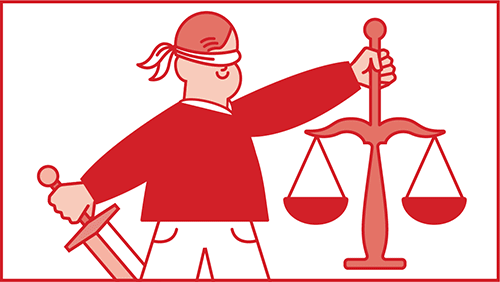Get more! Sign up for PLANSPONSOR newsletters.
Cheiron Explains New GASB Accounting Standards
The advisory also said the annual pension expense is no longer an amount that might be contributed to the pension plan following a long-term level-cost funding strategy. Instead, it is the difference between the employer’s net position at the beginning of the year and the employer’s net position at the end of the year as it relates to the pension plan.
The balance sheet also contains some new items. The Net Pension Liability (NPL) is essentially the Unfunded Actuarial Liability (UAL) based on the market value of assets. Details of its calculation are discussed in our advisory on GASB 25. Deferred Inflows are actuarial gains and Deferred Outflows are actuarial losses that are recognized over future accounting periods.
The other major change in employer accounting, according to the report, is that all of these disclosures must be as of each employer’s fiscal year end even if the plan’s reporting year end may be different. For large, multiple employer systems (including cost-sharing systems), disclosures are likely required to be developed as of multiple dates to cover all of the employers’ fiscal year ends.
The change in Net Pension Liability (NPL) from the beginning of the year to the end of the year is recognized over time in the employer’s pension expense. Changes in the NPL come from the following sources:
- Service cost,
- Interest on the Total Pension Liability,
- Projected earnings on plan investments,
- Employee and employer contributions,
- Investment gains and losses,
- Other actuarial gains and losses (i.e., the difference between actual experience and assumed experience),
- Changes in actuarial assumptions and methods, and
- Changes in plan benefit provisions.
The normal operating and financing activities are recognized immediately as a part of the annual pension expense including:
- Service cost,
- Interest on the Total Pension Liability,
- Projected earnings on plan investments, and
- Employee and employer contributions.
In addition, any changes in plan benefit provisions are recognized immediately as are any changes in the Total Pension Liability for inactive members due to changes in assumptions and methods or due to other actuarial gains or losses.
Investment gains and losses are recognized over a five-year period “using a systematic and rational method.” The simplest approach is to just compare expected earnings to actual earnings for the period and divide by five. This amount would be recognized each year for five years beginning with the current fiscal year. Note that the expected earnings will vary depending on actual contributions and actual benefit payments during the year. So, this calculation cannot be performed until after the fiscal year when actual earnings are known and expected earnings can be calculated.
An employer’s Net Position is simply assets plus deferred outflows less liabilities less deferred inflows. An employer’s pension expense is the employer’s net position related to pensions at the end of the fiscal year minus the employer’s net position related to pensions at the beginning of the employer’s fiscal year plus employer contributions during the fiscal year.
Ceiron suggests that retirement systems and employers participating in a retirement system may want to review the details of the exposure drafts (see GASB Makes Pension Reporting Proposals) to determine the potential impact on their financial statements and the potential cost of complying with these proposed requirements. The accounting standards do not change any requirements for funding unless the statutes governing the retirement system explicitly refer to the accounting standards, so contributions for the vast majority of systems should be unaffected.
For more information, go to http://www.Cheiron.us or call 877-243-4766.